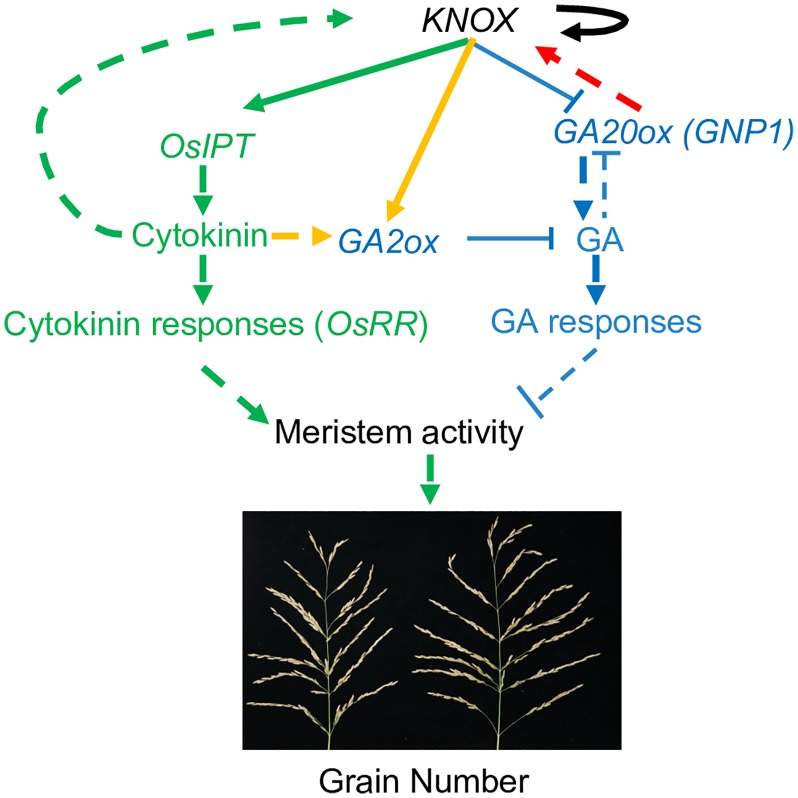Fig 7. Hypothetical model of the role of the KNOX genes-GNP1 regulatory feedback loop in crosstalk between GA and cytokinin during rice panicle primordium development.
Meristem activity and maintenance are regulated via KNOX-mediated GA and cytokinin crosstalk. When NIL-GNP1TQ plants transition to the panicle initiation stage, GNP1 is upregulated in NIL-GNP1TQ panicle primordia, which in turn leads to the upregulation of KNOX genes (red arrow). The positive autoregulation of KNOX genes in the meristem strengthens this regulatory feedback (black arrows). The increased expression of KNOX genes activates cytokinin signaling by directly inducing the expression of the cytokinin biosynthesis genes OsIPTs (green arrows). Increased cytokinin levels and KNOX expression induce the GA catabolism genes GA2oxs (orange arrows), in turn leading to enhanced bioactive GA catabolic activity and failed GA1 and GA3 accumulation in the NIL-GNP1TQ inflorescence meristems, thus reducing the detrimental effects of the activated GA biosynthesis pathway (blue arrows) on meristem activity and enhancing meristem activity in NIL-GNP1TQ panicle primordia (green arrows). The rebalancing of cytokinin and GA activity in the panicle primordia caused by upregulation of GNP1 accounts for the increase in grain number per panicle in NIL-GNP1TQ. In addition, the elevated GA activity in other tissues might account for the increase in plant height. Solid arrows indicate direct regulation, while dashed arrows indicate indirect regulation.

